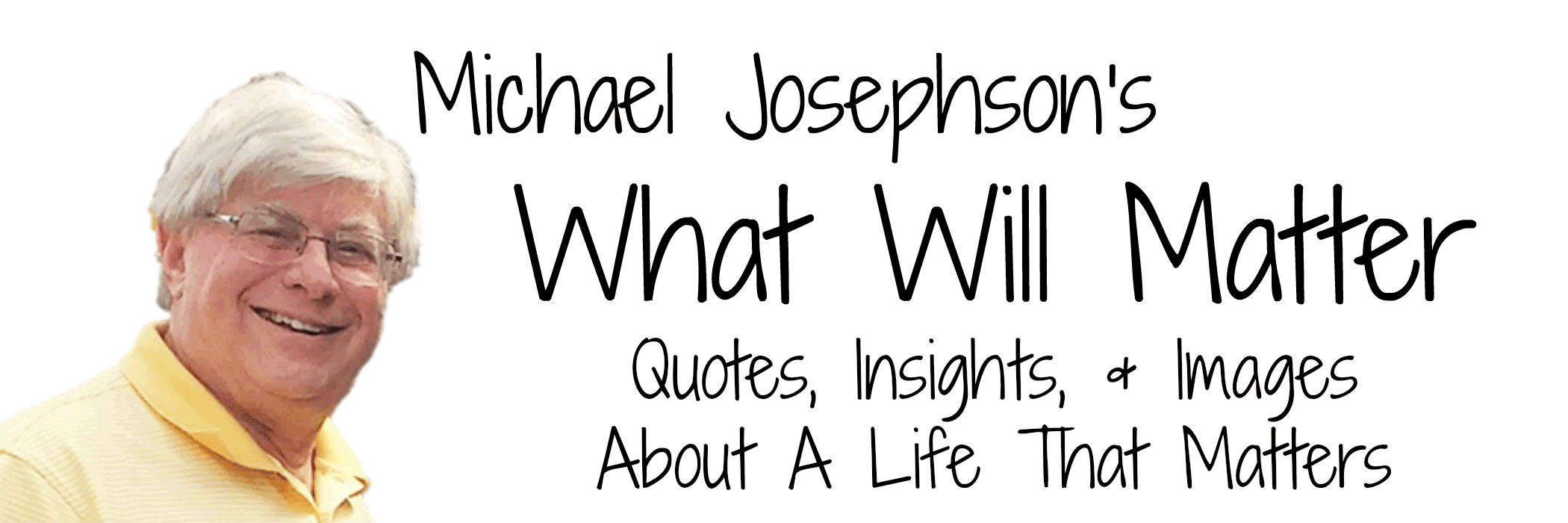Bad stuff happens. People get sick, lose a loved one, get fired, and make mistakes.
Though these events are facts that become a permanent part of our history, the quality of our lives is not determined by the number or nature of our bad experiences, but how we interpret and react to them.
Most of us have a default position in our response to painful and disappointing experiences that is either positive-oriented or negative-oriented.
Pessimists explain adverse events to themselves in ways that perpetuate negative feelings about the past and generate fear and anxiety about the future.
Optimists see positive aspects of most situations and they expect people to be good and things to work out.
The good news is that negative thinking is not a permanent attribute; it’s just a bad habit.
Here are three strategies to transform Gloomy Gus into Cheerful Charlie, or at least move Gus from negative to neutral: diversion, distraction and disputation.
Diversion consists of consciously re-directing your thoughts every time negative explanations and predictions emerge – “She hates me, it’s my fault, I can’t win.” Don’t allow yourself to dwell on feelings of hopelessness or helplessness. Negativity may come uninvited but you don’t have to let it stay. Think about good things, your successes and all you have to be grateful for.
Distraction involves actions that take your mind off whatever is making you sad or anxious. Read a book, play a game, watch a movie, surf the Net. Don’t let negative thoughts take root.
The most potent strategy, however, is disputation. Put your pessimism on trial. Aggressively challenge negative explanations and assumptions. Convince the jury in your mind that pessimism is a lie and argue for positive interpretations.
Try it. It really works.
This is Michael Josephson reminding you that character counts.
